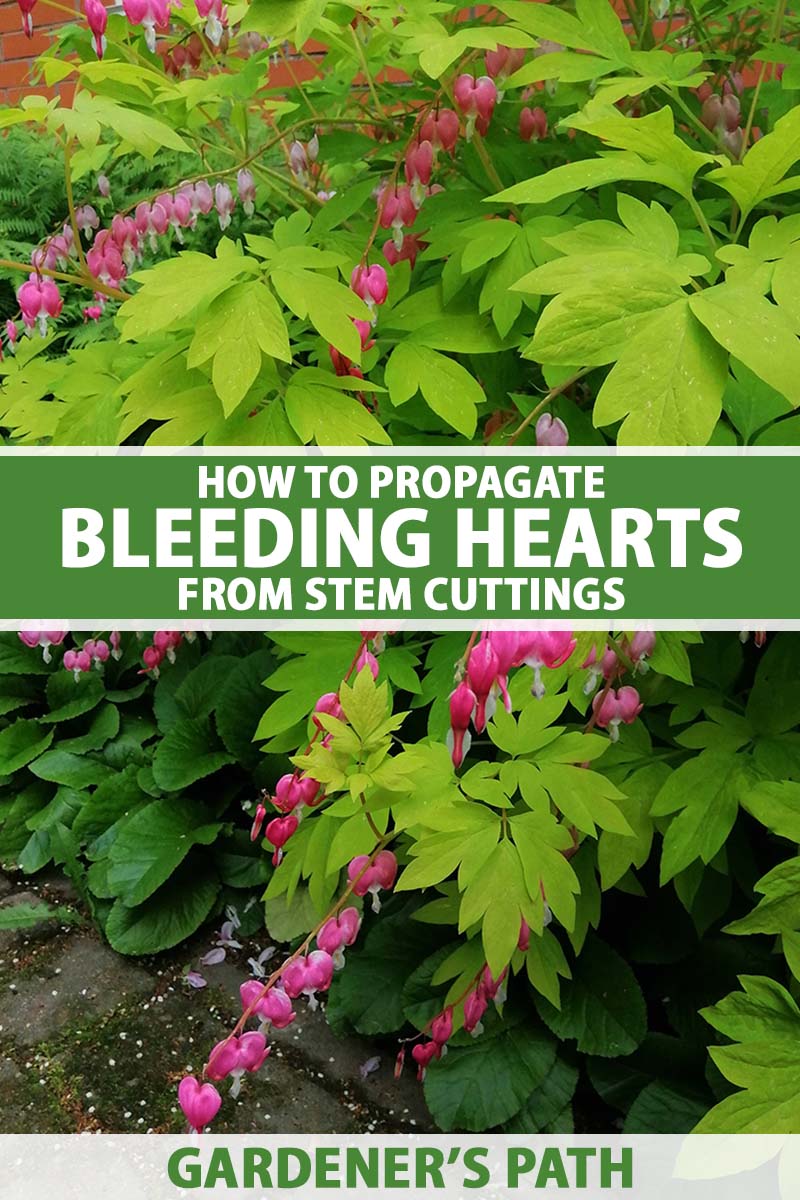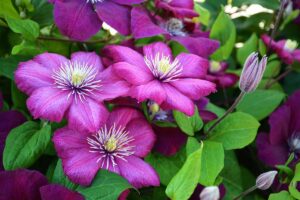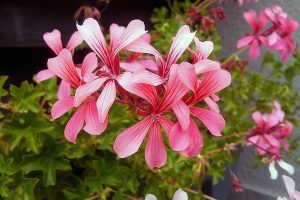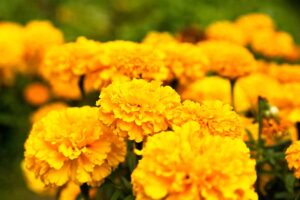There are some plants that grow so easily from stem cuttings that from a single parent plant you can propagate an almost unlimited number of clones.
Along with impatiens, I find bleeding hearts (Lamprocapnos spp. formerly Dicentra spp.) to be some of the easiest garden plants to start via cuttings.
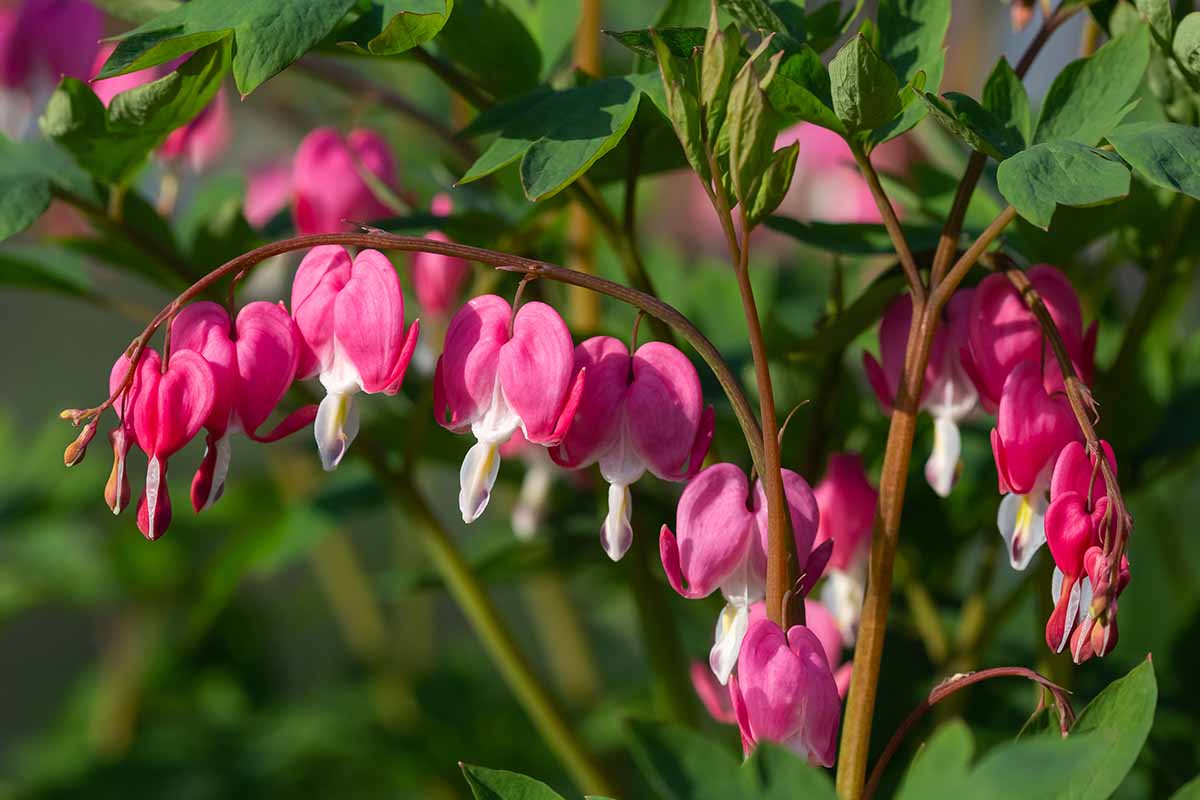
We link to vendors to help you find relevant products. If you buy from one of our links, we may earn a commission.
And unlike starting from seed, the plants propagated with this method will be genetic replicas of the parent.
If you need a refresher about how to grow bleeding hearts, visit our guide. Or, if you’d like to learn how to propagate bleeding hearts using methods other than stem cuttings our guide has you covered.
Just because it’s easy to start your plants from stem cuttings, that doesn’t mean you don’t need some knowledge to do it right. This guide will give you the information you need.
Here are the topics we’ll go over:
Propagate Bleeding Hearts from Stem Cuttings
When to Take Cuttings
You can take stem cuttings anytime, however for best results you should start this project in early spring before any flower buds have developed.
If you miss the early spring window of opportunity, those taken in summer can be just as successful, but as summer wanes into fall and the plant starts to die back, there’s a good chance the cuttings won’t survive.
Tools Needed
You don’t need much to take a cutting from a bleeding heart plant.
A pair of clean pruners or sharp scissors, a clean four- or six-inch container for each stem section you wish to root, a soil-free potting medium, and some rooting hormone, though the latter is optional.
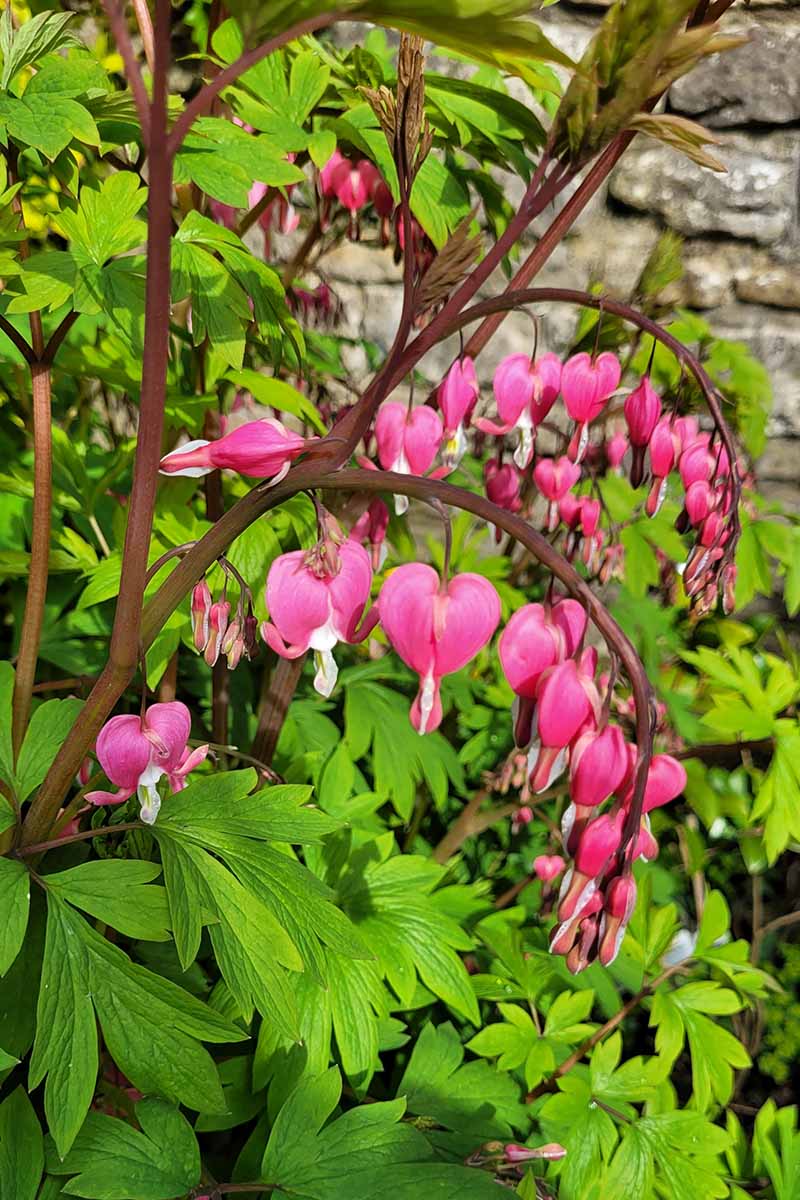
Rooting hormone encourages a plant to develop roots more quickly, which is helpful.
The longer a cutting is sitting in the potting medium before developing roots, the greater the chance that it will die or rot before it can become established.
If you plan to propagate other plants via cuttings, it’s helpful to have some around and it’s extremely cheap.
Bonide Bontone II Rooting Hormone
Well worth the few dollars you’ll spend. Arbico Organics carries Bontone II rooting hormone in one-and-a-quarter-ounce bottles.
The Process
First fill your containers with a seed-starting medium. I can’t tell you how often I’ve taken a few cuttings and then realized that I hadn’t prepared my containers in advance.
Then it’s a race against time to set it all up before the stems wilt into sad, droopy stems. Don’t do this!
If you do have to wait a few minutes between taking the cutting and setting it in the container, place the cut end in water to prevent it from drying out.
Identify a few healthy stems and take a five- to six-inch length using your clippers. The larger the stem the better.
While you can generally succeed with any stem that is long enough, those with a wide diameter generally give better results. Clip off all but two or three of the top leaves.
Next, stick your finger in the soil to make a hole. Dip the cut end in rooting hormone if you’re using it and place the cutting about a third of the way deep in the hole.
It’s important to make the hole first because that way more rooting hormone remains on the cut end of the stem instead of being lost in the soil as you push in the stem.
Firm the medium up around the stem and give it a spritz of water. You’re not done yet! Soak the soil so that it feels like a well-wrung-out sponge and place the pot in an area that receives bright, indirect light.
That’s it. Now it’s your job to keep that little beauty alive until it forms roots and you can take it outside.
Caring for Your Cuttings
While you wait up to three weeks for roots to develop, you need to support the new bleeding heart plant in its efforts. It’s pretty simple, just try to keep the medium consistently moist.
If you stick your finger in the medium (not too close to the root zone because you don’t want to disturb it) and it feels like a sponge that you’ve wrung out really well, it’s perfect.
If it feels soggier, don’t add any water until it dries out a bit. Does it feel dry at all? Add water.
A little spritz on the foliage now and then with water will be appreciated, as well. Other than that, wait until the plant develops roots before putting it out in the garden.
Hardening Off and Transplanting
It’s not always easy to tell if your cutting has developed roots. Sometimes new leaves will develop on the stem, but not always.
The safest method is to give the cutting a gentle tug and see if it resists. If you feel some resistance, and especially if the bleeding heart is also showing signs of new growth, it’s time to move it outside.
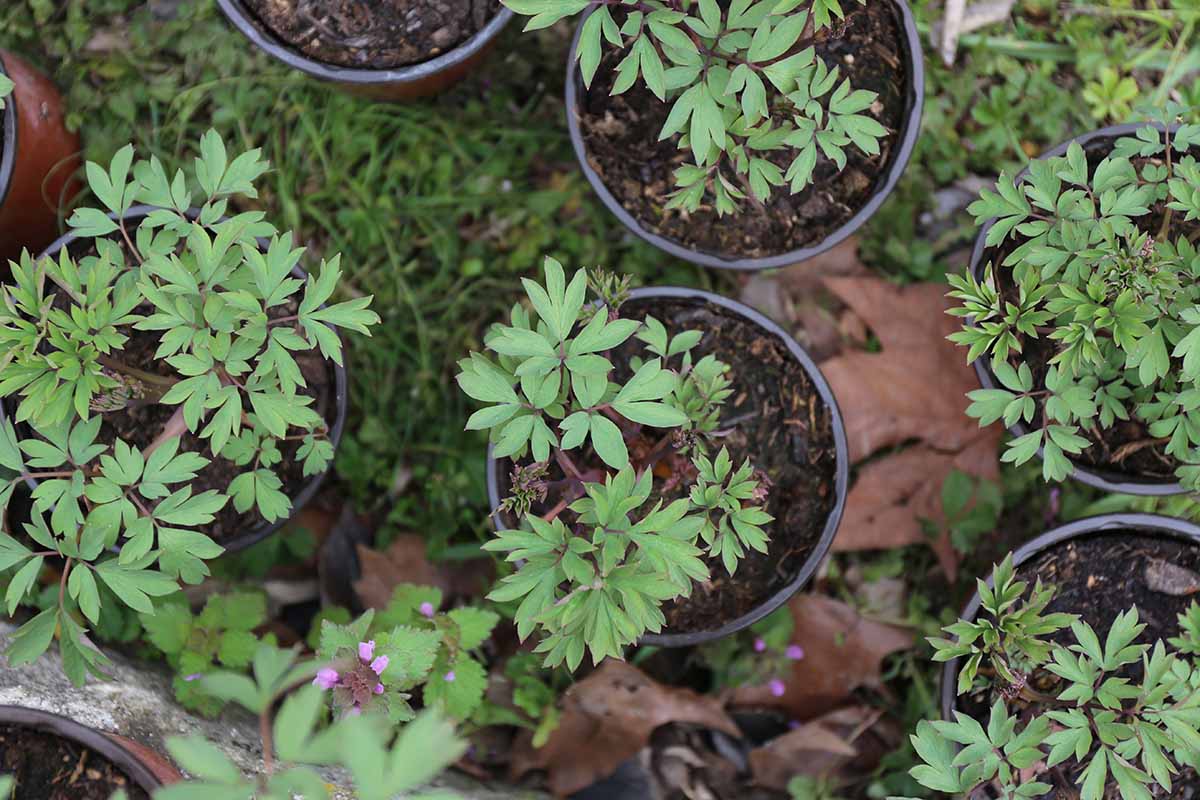
You can’t just put your plant into the garden right away, though, as it’s used to the calm, comfortable conditions indoors.
It isn’t ready for the sun, wind, and temperature fluctuations of the real world. Help your little fledgling leave the nest by hardening it off before planting out.
The process of hardening off is easy. Just pick up the container and take it outside. Place it in a partially shaded, protected area for an hour. Then bring it back in.
The next day, take it outside again and leave it for two hours. Add an hour each day for the next eight days. Bleeding hearts benefit from at least ten days of hardening off, but 14 is even better.
Once you’ve hardened your plant off, you can transplant it in its permanent new home.
If you took your cuttings in mid to late summer, it’s best to keep the baby bleeding hearts indoors and only transplant them out the following spring, after all risk of frost has passed.
Give Me All Your Lovin’
That was easy, wasn’t it? Don’t worry if you don’t nail the process on your first try, it can take a while to get the hang of propagation if you’re new to it.
But my goal with this guide is to help you succeed your first time out like a bleeding heart expert.
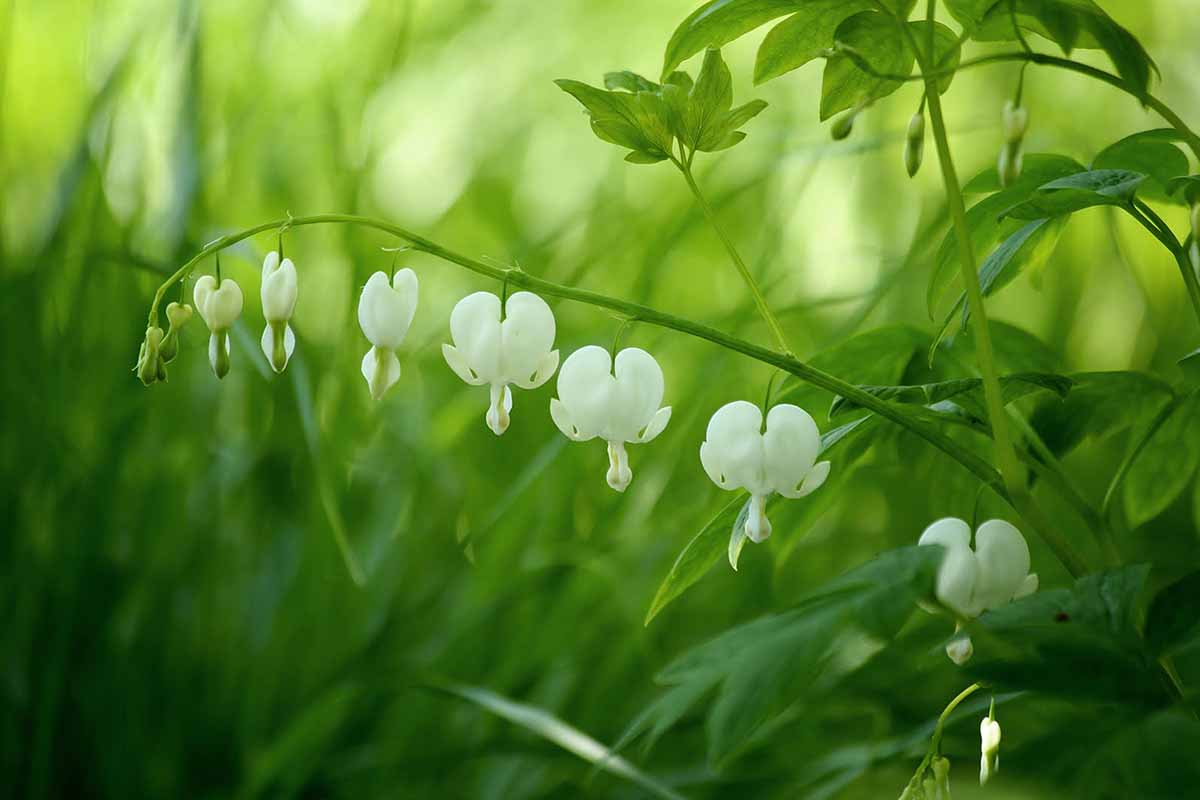
What will you do with your new plants? Are you going to grow them in containers on a shady patio? Or bring some color under your favorite trees? Let us know in the comments section below.
And for more information about how to care for bleeding hearts in your garden, have a read of these guides next:
